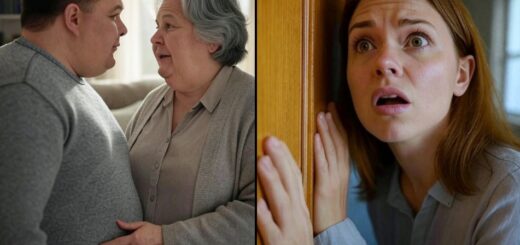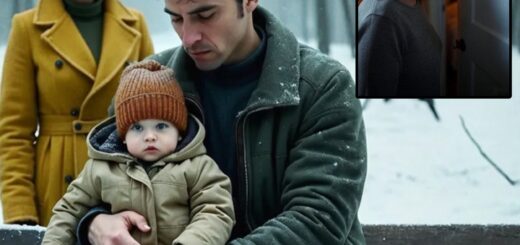In the fall of 1980, four nuns from a small village vanished without a clue, casting their devoted community into a haze of sorrow and uneasy rumors
I thought she was dead until today. The nurse’s expression softened. The doctors will do everything possible for her.
There’s a waiting area just down that hallway. I promise someone will come speak with you as soon as possible. Reluctantly, Father Elias allowed Harold to guide him to the waiting room, a sterile space with uncomfortable chairs and outdated magazines.
The two men sat in silence for several minutes, the magnitude of the day’s events too overwhelming for casual conversation. Finally, Harold spoke. It’s a miracle, Father, after all these years, to find her alive.
A miracle indeed, Father Elias agreed, his voice thick with emotion, though I fear what she must have endured to survive. She had her faith, Harold said simply. Sometimes that’s enough.
Father Elias nodded, drawing comfort from the thought. He recalled the religious carvings that had lined the underground chamber, evidence that even in the darkest captivity, his sister had maintained her devotion to God. I should call Saint Agnes, he realized suddenly.
The congregation should know she’s been found. As he reached for his phone, it rang in his hand. The screen displayed Deputy Williams’ number.
Deputy, Father Elias answered, I’m at the hospital. My sister is being treated now. That’s good to hear, Father, Williams replied.
I’m calling to update you on the investigation. We’ve secured Silas Redwood in custody, but he’s refusing to speak without his attorney present. However, we found something significant when we searched his house more thoroughly.
A journal. It appears he’s been keeping detailed records for decades. Father Elias felt a chill.
What kind of records? It’s disturbing content, Father. The journal contains extensive writings about his hatred of the Catholic Church and religious women in particular. There are entries dating back to the late 1970s describing his obsession with the nuns at St. Dymphna’s.
But why, Father Elias asked, struggling to comprehend the depth of hatred necessary to commit such crimes? What possible motivation could he have had? There was a brief hesitation before Williams continued. According to his writings, Redwood’s mother abandoned him as an infant, leaving him with his grandmother. She later became a nun.
He never knew her, never even saw her. His grandmother, who raised him, was apparently a strict Catholic who physically abused him in the name of religious discipline. He developed a pathological hatred of nuns in particular, seeing them as women who abandoned their natural duties to families.
Father Elias closed his eyes, a wave of sadness washing over him. Such brokenness, he murmured. Such twisted thinking.
There’s more, Father, Williams continued, his voice grim. The journal details what happened to the other nuns. The two older sisters, Mildred Hayes and Joan Keller, apparently died within the first year of captivity.
Given their age and the conditions they were kept in, it’s not surprising. May their souls rest in peace, Father Elias whispered, crossing himself. Sister Beatrice survived longer, nearly a decade according to Redwood’s entries.
She died in the early 1990s from what appears to have been an untreated respiratory infection. And my sister? How did she survive when the others didn’t? Williams hesitated again. Father, there are aspects of Redwood’s journal that are particularly distressing.
He seems to have developed a fixation on Sister Therese. He kept her separate from the others, especially after Sister Beatrice’s death. There are photographs in the journal that suggest he subjected her to degrading treatment…
























